Dwarf rainbowfish - Melanotaenia maccullochi
Scientific name: Melanotaenia maccullochi
Common name: Dwarf rainbowfish
Family: Melanotaeniidae
Usual size in fish tanks: 6 - 7 cm (2.36 - 2.76 inch)
014
Recommended pH range: 5.5 - 7.5
Recommended water hardness: 8 - 18°N (142.86 - 321.43ppm)
0°C 32°F30°C 86°F
Recommended temperature range: 22 - 28 °C (71.6 - 82.4°F)
The way how these fish reproduce: Spawning
Where the species comes from: Oceania
Temperament to its own species: peaceful
Temperament toward other fish species: peaceful
Usual place in the tank: Top levels
Food and feeding
Dwarf rainbowfish (Melanotaenia maccullochi) are omnivores and thrive on a balanced diet of both animal and plant-based foods. Offer them quality flakes or micro-pellets as a staple, but regularly supplement with live or frozen foods such as brine shrimp, daphnia, and bloodworms. Adding spirulina-based flakes or blanched vegetables helps with digestion and enhances coloration.
Origin
This species originates from Northern Australia and Papua New Guinea, where it inhabits slow-moving streams and densely vegetated waterways.
Sexing
Males are noticeably more colorful, often displaying vibrant shades of red, blue, and green. They also have more elongated fins, while females remain smaller with subtler coloration.
Breeding
Breeding Melanotaenia maccullochi is relatively straightforward. Condition pairs with live foods, and they will scatter eggs among fine-leaved plants or spawning mops. Remove the parents after spawning to protect the eggs. Incubation lasts 7–10 days, and the fry should initially be fed with infusoria before transitioning to newly hatched brine shrimp.
Lifespan
With proper care, the dwarf rainbowfish lives for about 3–5 years in aquariums.
Tank requirements
- Tank size: Minimum 80 liters; larger if keeping a bigger school.
- Setup: Provide dense planting, driftwood, and open swimming areas.
- Water: Soft to moderately hard, pH between 5.5 and 7.5, temperature 22–28 °C.
- Lighting: Moderate; brighter lighting enhances their natural colors.
Tankmates
Dwarf rainbowfish are peaceful, active shoalers. Choose tankmates of similar size and temperament that won’t outcompete them at feeding time or nip fins.
- Ideal: other small rainbowfish (same species/locale), larger rasboras (e.g., Trigonostigma spp.), larger tetras (e.g., Hyphessobrycon spp.), Corydoras, small peaceful plecos (e.g., Ancistrus), mild gouramis (Pearl, Honey).
- Avoid when possible: aggressive or strongly territorial cichlids, fast fin-nippers (some barbs), and very slow long-finned species that may be stressed by rainbowfish activity.
- Group: keep 6 individuals (ideally a higher headcount with more females than males) to diffuse hierarchy and encourage full color display.
Plants
Aim for densely planted sides and background with clear swimming lanes at the front. Plants improve comfort, stability, and aesthetics; layered planting also breaks sightlines and reduces group stress.
- Easy and hardy: Vallisneria, Hygrophila spp., Ludwigia spp., Ceratophyllum demersum (hornwort), Limnophila sessiliflora.
- Epiphytes on décor: Java fern (Microsorum), Anubias spp., Bucephalandra — attach to roots/driftwood and rocks.
- Floating plants: Salvinia, Pistia, Phyllanthus fluitans — provide gentle shade and boost colors; leave open surface areas for feeding and gas exchange.
- Layout tip: plant the sides and back, keep the center as an open lane; combine with roots and stones for natural zoning.
Short description
The dwarf rainbowfish is a peaceful, social schooling fish that should be kept in groups of at least six, ideally with a higher ratio of females to males. It does well in community tanks with other peaceful species such as tetras, corydoras, and other small rainbowfish. Males may display to one another, but aggression is minimal if space is sufficient.
Pictures
Bought by aqua-fish.net from jjphoto.dk.
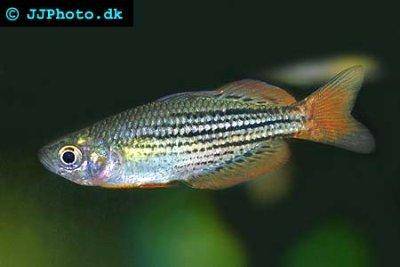




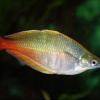 Bleher’s
Bleher’s 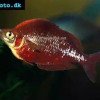 Red
Red 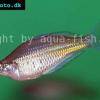 Ramu
Ramu 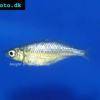 Wanam
Wanam 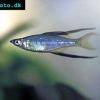 Threadfin
Threadfin 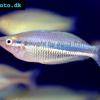 New
New 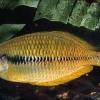 Yakati
Yakati 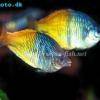 Boesemani
Boesemani 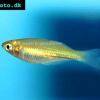 Crimson
Crimson 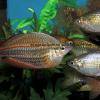 Australian
Australian 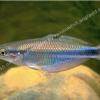 Goldie
Goldie 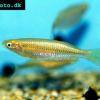 Slender
Slender 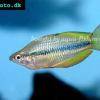 Lake
Lake 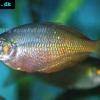 Irian
Irian 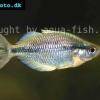 Kamaka
Kamaka 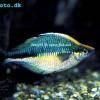 Lake
Lake 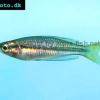 Black
Black 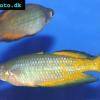 Parkinsoni
Parkinsoni 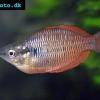 Sunset
Sunset 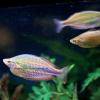 Neon
Neon 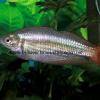 Western
Western 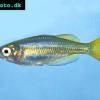 Inornate
Inornate 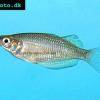 Ruby
Ruby 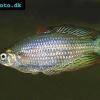 Eastern
Eastern 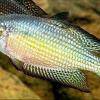 Desert
Desert 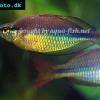 Regal
Regal